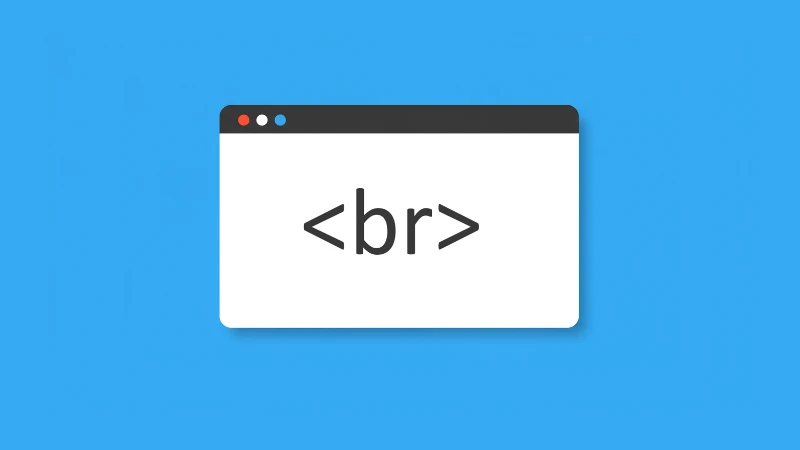When learning HTML, one common point of confusion for beginners is the difference between the <br> and <br/> tags. Both are used for creating line breaks in HTML, but they are written slightly differently. This guide will explain the function of these tags, their difference, and when to use each.
What is the Purpose of the <br> Tag in HTML?
The <br> tag is an abbreviation for break. It is used to insert a line break in HTML documents, allowing text to continue on the next line. For example:
<p>This is the first line.<br>This is the second line.</p>The <br> tag does not need any closing tag because it is a self-closing tag, meaning it performs its function independently.
This is the first line.
This is the second line.What is the Difference Between <br> and <br/>?
The key difference lies in the syntax and the standards of the language you are using:
HTML4 Standard: In HTML4, the <br> tag is written without the trailing slash, like this:
<br>XHTML Standard: XHTML, a stricter version of HTML, requires all tags to be explicitly closed. Thus, the <br> tag in XHTML must be written as:
<br/>The difference exists because XHTML follows XML rules, which demand that every tag be closed. HTML4, on the other hand, does not enforce this requirement.
Browser Compatibility: Both <br> and <br/> are supported by modern web browsers. This means they will work the same way when rendered on a webpage, regardless of which one you use. However, adhering to the correct standard ensures cleaner and more maintainable code.
When Should You Use <br> vs <br/>?
Here are some simple rules to follow:
Use <br> if: If you are writing a plain HTML document (HTML5 or HTML4), you can use <br> when XML rules are not required to be followed. For instance, this format is commonly used in simple HTML projects or documents without strict parsing requirements.
Use <br/> if: For XHTML or projects where XML compliance is essential, prefer <br/>. This format is also a good choice if you aim for consistency in self-closing tags across your HTML5 documents.
Conclusion
In summary, the difference between <br> and <br/> is tied to the standards of HTML4 and XHTML. While they both serve the same purpose of creating a line break, their syntax differs based on whether you are following XML rules. For modern web development, either format works, but choosing one that aligns with your project’s requirements ensures better consistency and readability.

![The Most Cost-Effective AI Coding Agents in [year]: Claude, Cursor, Windsurf, or Antigravity?](https://www.devcrea.com/uploads/2025/12/cost-effective-ai-coding-agents-comparison-antigravity.webp)





Comments (0)
Sign in to comment
Report